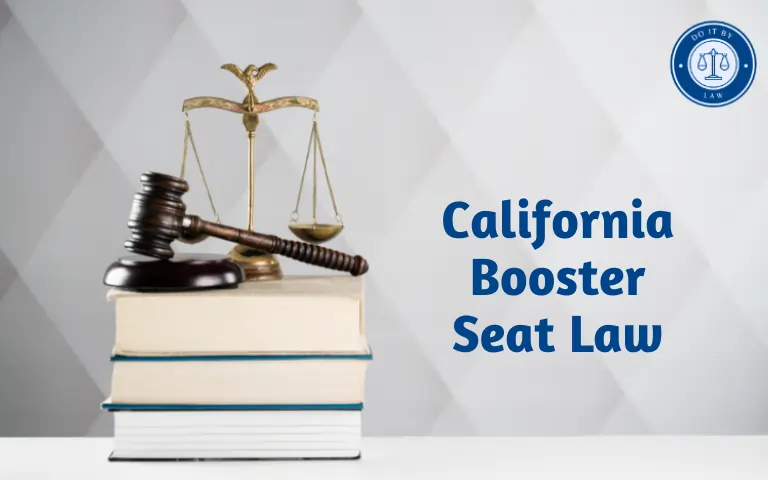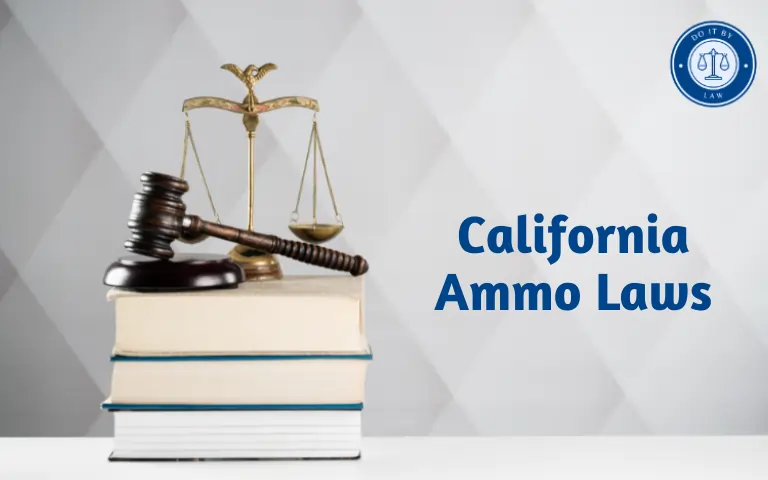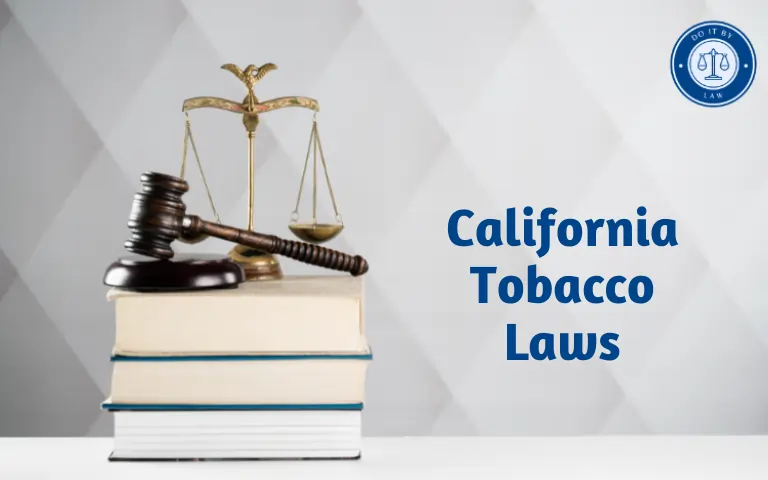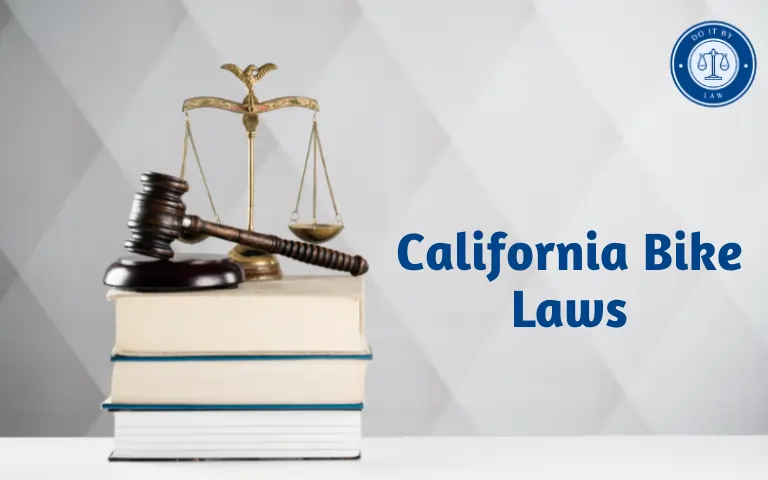California Booster Seat Law: What You Need to Know
The California booster seat law specifies requirements for proper child restraint systems in vehicles for children under age 8 or under 4’9″ tall.
Enacted to protect children in crashes, it mandates the use of rear-facing seats for infants, forward-facing seats for older children, and booster seats until at least age 8. Violating this law risks fines and child endangerment charges. Recent updates accounted for newer recommendations.
When Was the California Booster Seat Law Enacted?
The California booster seat law first took effect in January 2017 to update and clarify previous child restraint system statutes. Prior laws existed but lacked detail on rear-facing timelines and proper transition between seat types.
This law filled those gaps. With regular changes in best practice recommendations from the American Academy of Pediatrics, the National Highway Traffic Safety Administration, and others, the California Legislature updates this law every few years to synchronize state vehicle codes with that evolving guidance.
Who Does California’s Booster Seat Law Apply To?
California’s child passenger safety law applies to all children under age 8 riding in a car in the state, whether residents or visitors. It also covers children up to age 16 who are not properly secured.
The requirements vary by a child’s age, weight, and height. Adults transporting children must adhere to the law, including parents, grandparents, rideshare drivers, childcare providers, etc. Several exemptions exist like for taxis, emergencies, and children with medical issues.
Key Provisions of California’s Booster Seat Law
The key provisions of California’s booster seat law include:
- Rear-Facing Car Seat Rule: Children under age 2 or weighing under 40 lbs must ride in a properly installed rear-facing car seat with a harness in the back seat. Recent changes extended the rear-facing timeframe from age 1 or 20 lbs previously.
- Forward-Facing Car Seat Rule: Once children outgrow the rear-facing stage, usually around age 2-4, they move to a forward-facing seat with an internal harness system until they reach the minimum for a booster seat. This is typically 40-65 lbs depending on the model.
- Booster Seat Rule: After outgrowing their forward-facing seat, children must use a booster seat until at least age 8 or 4’9″ tall. This lifts them so seat belts fit properly.
- Seat Belt Rule: When children max out their booster seat by height/weight or reach age 8, they can graduate to standard seat belts assuming the correct fit. Periodic checks should follow until belts consistently fit properly on their own.
- Seating Location Rule: California law states that children under age 12 should ride in the back seat when practical to minimize air bag risks upfront. Some exemptions accommodate smaller vehicles, carpools, or medical issues.
Penalties for Violating California Booster Seat Law
In California, violating the booster seat law carries both financial penalties and potential points on your driving record. Here’s a breakdown:
Base Fines:
- First offense: $100
- Second and subsequent offenses: $250
Additional Costs:
- These are just the base fines, and additional court fees and surcharges significantly increase the final cost. Expect the actual penalty to be closer to $400 or more.
- Failure to pay fines and fees could lead to driver’s license suspension.
Driving Record:
- Each violation also results in one point added to your driving record. Accumulating points can lead to increased insurance rates, license suspension, or other consequences.
These are just the legal penalties; the real cost is much higher if a child is injured due to improper restraint. Using a booster seat significantly increases their safety in case of an accident.
Recent Changes to California Booster Seat Law
California updated its booster seat statutes multiple times over the past decade to codify the newest best practice recommendations:
- Extended rear-facing mandate to age 2 (2020)
- Adjusted forward-facing guidance to age 2 instead of 1 (2018)
- Explicitly allowed children over 8 to remain in boosters until 4’9″ if needed (2016/2017)
- Clarified rules for rideshares and taxis (2016)
Future proposed changes could include shifting the rear-facing minimum to age 3 and adding more accommodation for children with medical conditions.
Controversies and Challenges With California Booster Seat Law
Despite strong evidence of safety benefits, some aspects of California’s booster seat law sparked debate:
- Difficulty enforcing correct use after stops
- Pushback on lengthened rear-facing timelines
- Exemption controversies over rideshares and taxis
- Questions around feasibility for lower-income families
- Concerns over conversion of lap-only seat belts
However, California data continually shows positive outcomes from the recent strengthening of the statutes. Surveys indicate most residents agree on the importance of child restraint laws once aware of the rationale.
california booster seat law 2016
The California booster seat law in 2016 didn’t change significantly from previous years.
Here’s what the law stipulated back then (and still does today):
Children under 8 years old must be secured in a car seat or booster seat in the back seat of a vehicle. Children who meet either of the following requirements can use the vehicle seat belt instead of a booster seat:
- Age: They are 8 years old or older.
- Height: They are at least 4 feet 9 inches tall.
However, it’s important to note that even if a child meets the age or height requirement, using a properly fitted booster seat still provides additional safety. The lap and shoulder belts are better positioned to protect an older child in a booster seat compared to an adult seat belt alone.
Therefore, while the technical changes to the law in 2016 were minimal, the focus shifted towards emphasizing the continued importance of proper restraint for all children, even beyond the minimum legal requirements.
How to Choose the Right Car Seat for Your Child in California
When choosing a car seat for your child while living in or traveling through California, proper selection is vital for safety and compliance with state laws. Follow these guidelines:
- Evaluate Age, Weight & Height: The stage of your child – infant, toddler, or child – determines whether they need a rear-facing, forward-facing, or booster seat in California. Check manufacturer’s guides for specifics on age, weight limits and insert/harness positions.
- Understand California Car Seat Rules: California law mandates rear-facing seats until at least age 2, forward-facing seats with harnesses for older children usually up to 40-65 lbs, and boosters for those over that threshold until at least age 8 or 4’9”.
- Compare Car Seat Types: Key types include rear-facing only for infants, convertible models that span stages, combination seats with harnesses for forward-facing, highback boosters, backless boosters, and all-in-one models that take children through multiple stages of use.
- Check Features: Look for sufficient side impact protection, padded harness straps, easy adjustment mechanisms, washable covers, durable frames, expiration dates of 6-10 years, etc.
- Confirm Proper Install & Fit: Double-check that any seat meets all California laws on appropriate stages of use while also fitting snugly in your specific vehicle with the harness straps positioned correctly on your child.
How to Install a Rear-Facing Car Seat in California
When using a rear-facing car seat for an infant or toddler in California, mind these installation tips:
- Prepare the Vehicle: Move the front seats fully forward to allow room. Recline the seat behind the passenger seat more. Rack shoulder belts out of the way. Disable passenger airbags if possible given California exemptions.
- Adjust Recline & Angle: Rotate the car seat base or install it at a reclined angle of around 30-45 degrees rear-facing. This keeps infants curled comfortably and aligned properly.
- Secure the Seat Tightly: For LATCH system seats, tug firmly on the belt to remove all slack. For seat-belted seats, use your knee or hand to push down and in while tightening. Do not move more than 1” side to side or front to back when force is applied at the belt paths.
- Check for Tightness & Fit: Make sure no harness straps twist behind the seat. Position chest clip at armpit level. Straps should lie flat on the shoulders and thighs with no gaps. You should not be able to pinch the excess fabric of harness straps when buckled.
- Test By Shaking Side to Side: Grip the car seat at the belt path and see if it moves more than 1” side to side or front to back. If so, further tighten LATCH attachments or seat belts until minimal movement occurs.
Conclusion
California’s booster seat law evolved substantially over time into its current robust form – mandating rear-facing seats to age 2, forward-facing seats with harnesses to 40+ lbs, and boosters to at least age 8 or 4’9”.
These phases guide children safely through vehicular development stages while minimizing crash injuries. Despite some debates, the law stands firmly supported by safety data.
As recommendations update, future changes will likely occur, but the law’s core premise remains well-founded. Adhering to its provisions protects California’s most vulnerable passengers.
Frequently Asked Questions on California Booster Seat Law
References:







